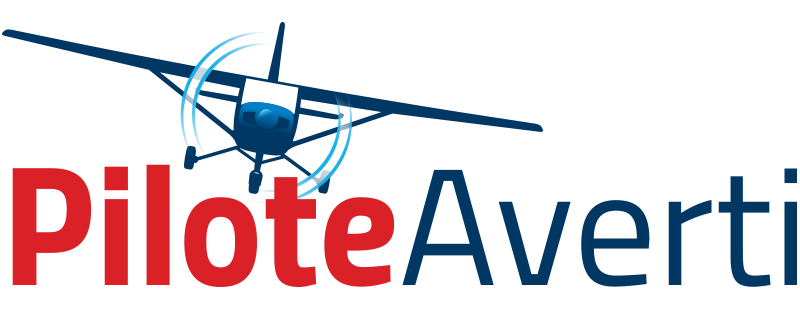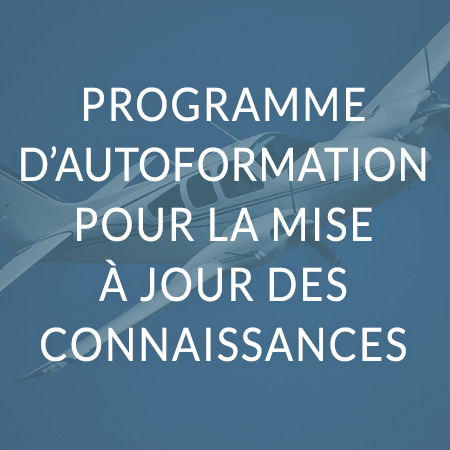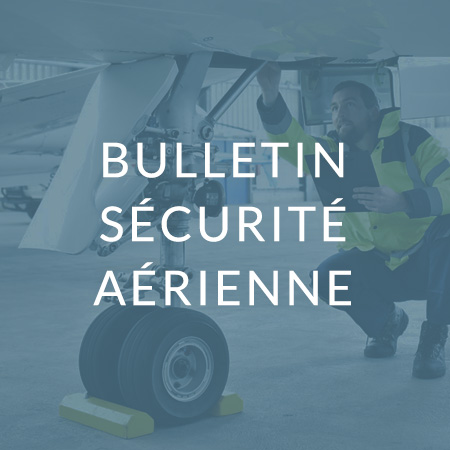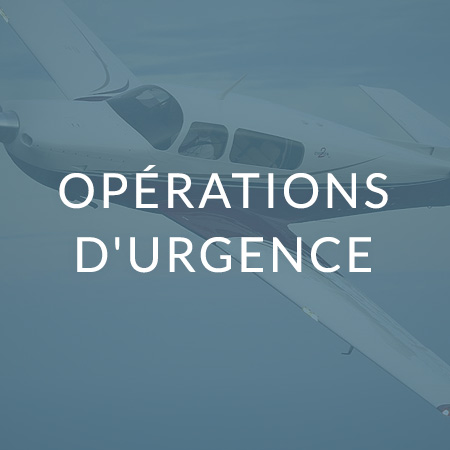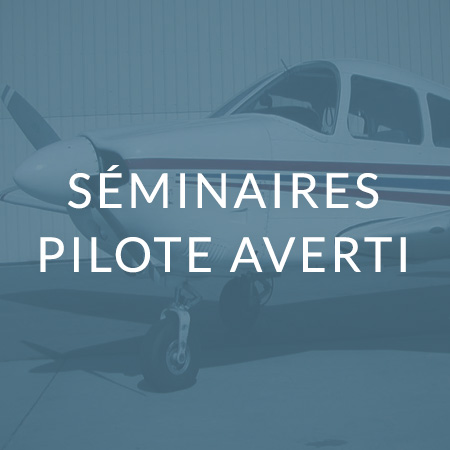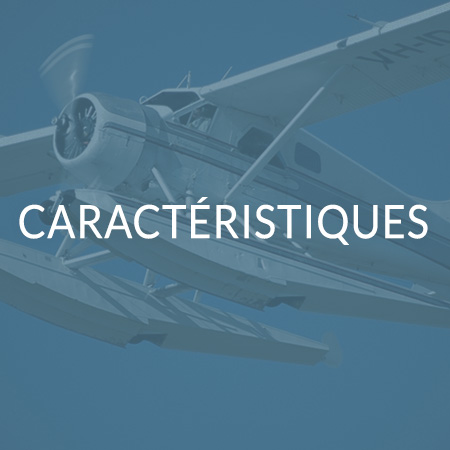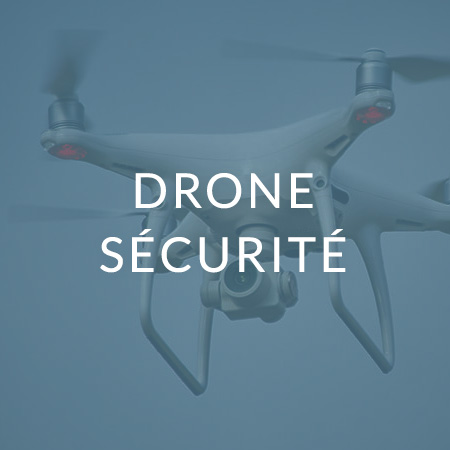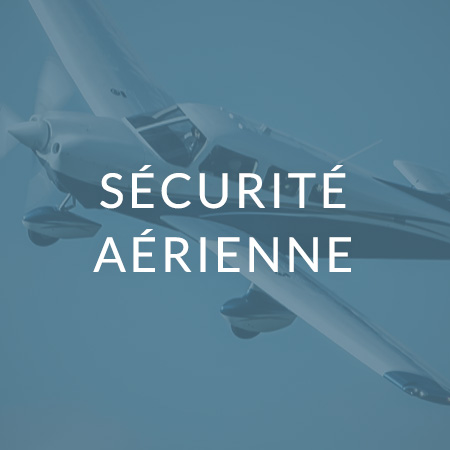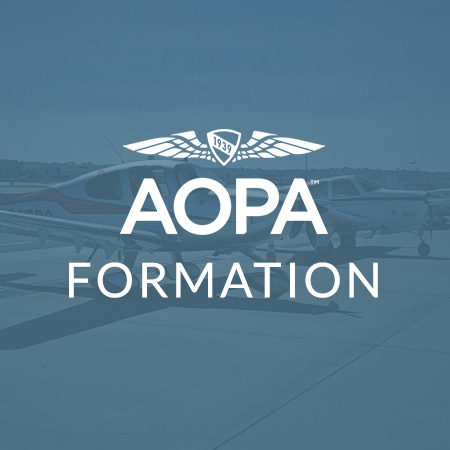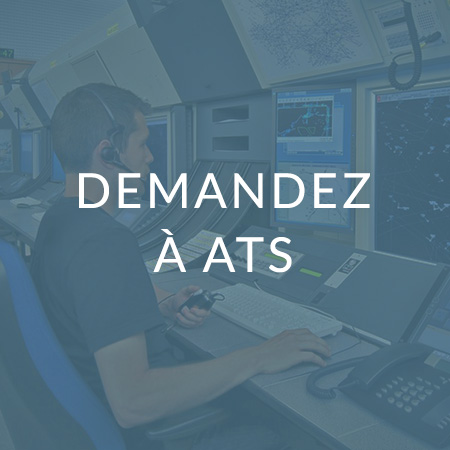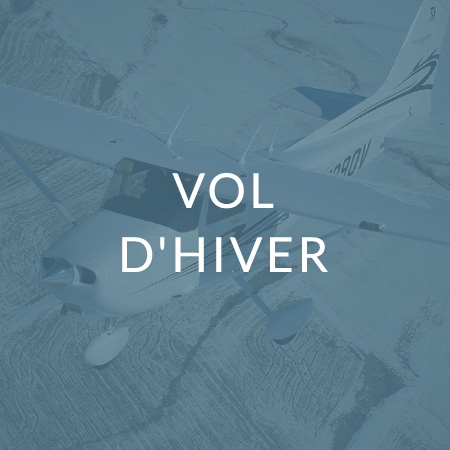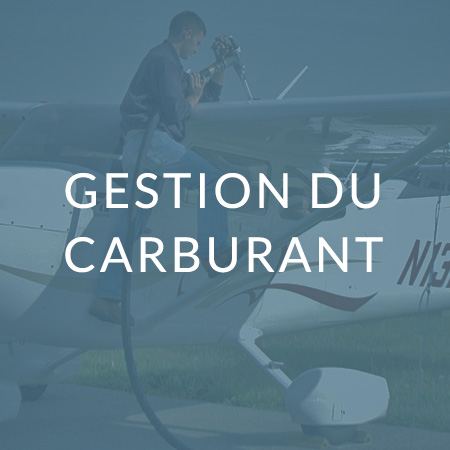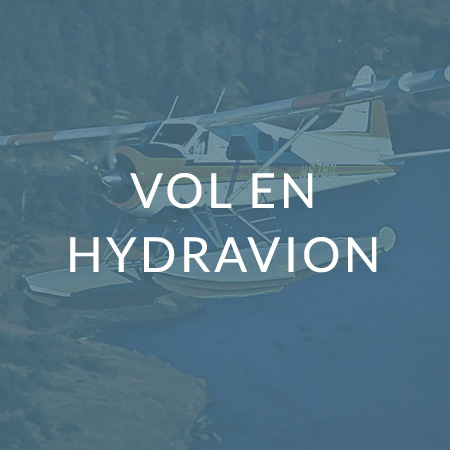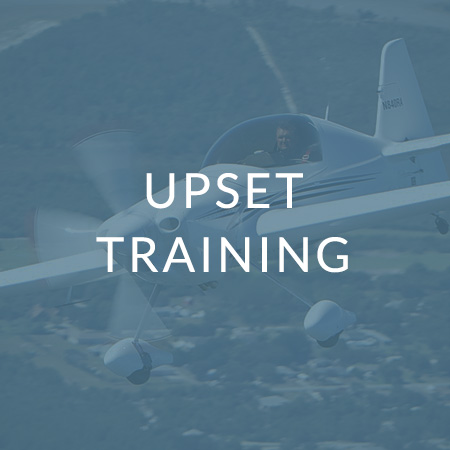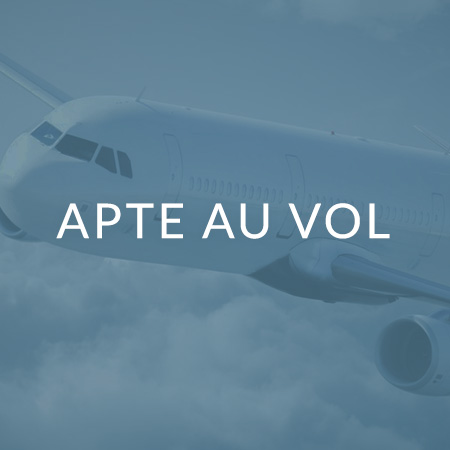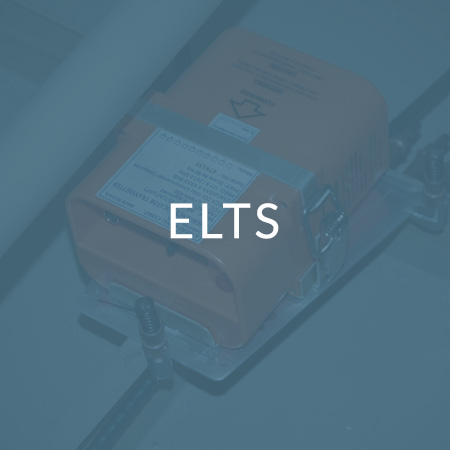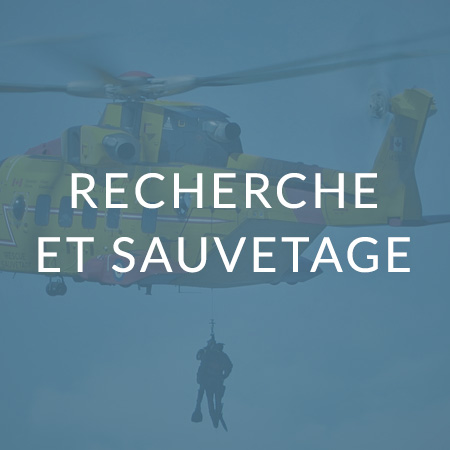Private Pilots Need Ultralight Type Check
The pilot held a private pilot license, aeroplane category, when he decided to try out the Beaver RX550 he had just bought. He also owned a Piper J3, but had never flown an ultralight. He started the engine and a witness heard it quit, then restart. Shortly after the aircraft took off, the witness called someone who lived by the airport to say an aircraft had crashed. It was discovered inverted in a few feet of water with the pilot's body floating nearby.
A couple driving on the highway also saw the aircraft, apparently on downwind, carry out a tight left turn, then nosedive to the ground and crash. They were unable to approach the aircraft from the highway due to the deep water.
The aircraft engine was not operating on impact and the seat belt was broken on both sides. The autopsy showed the pilot drowned.
This is not the first time a private pilot license holder has had a serious accident while trying to fly an ultralight without type training. Ultralights, with their lower speeds and different handling qualities, demand different skills compared to, say, a Cessna 150 or Piper J3. While the private license permits a pilot to fly an ultralight without further training, it is considered poor judgment to do so. A prudent license holder will normally obtain a "type check" from a qualified instructor before attempting solo flight in an unfamiliar aircraft, whether it be an ultralight or any other type.
A recent letter to the editor suggested that the ASL write about ultralight incidents. We don't normally (the above story was originally published in Ultralight & Balloon 2/96). The letter does point out that not everyone is aware of the family of aviation safety newsletters published by Transport Canada. So, aside from the ASL, here is the list:
Vortex (TP 202E) — edited by Bob Grant, for those of you of the fling-wing persuasion. Published six times a year, Vortex is distributed free to all Canadian licenses helicopter pilots.
Maintainer (TP 3658E) — edited by Joe Scoles for the benefit of all AMEs. Four issues yearly bring the latest maintenance concerns to all wrench benders with a current license.
Ultralight & Balloon (TP 7317E) — edited by Joe Scoles. Mailed twice a year to the balloon community and those pilots who fly the lightweights. The original ultralight mailing list was developed from the pilot license list, but, with the new system, we have no way of knowing if you have switched from heavier types to ultralights or fly both.
Originally Published: ASL 1/1997
Original Article: Private Pilots Need Ultralight Type Check
